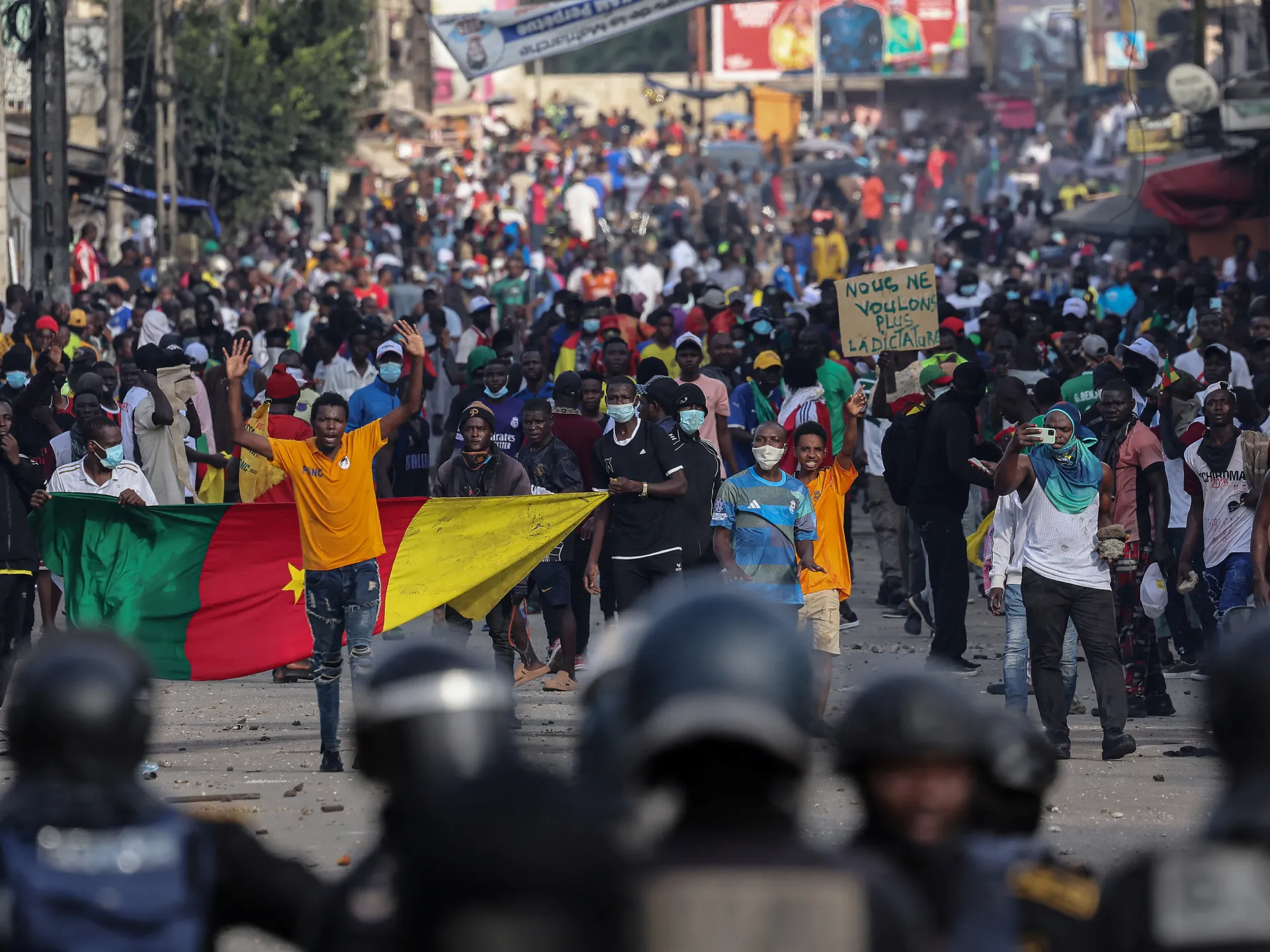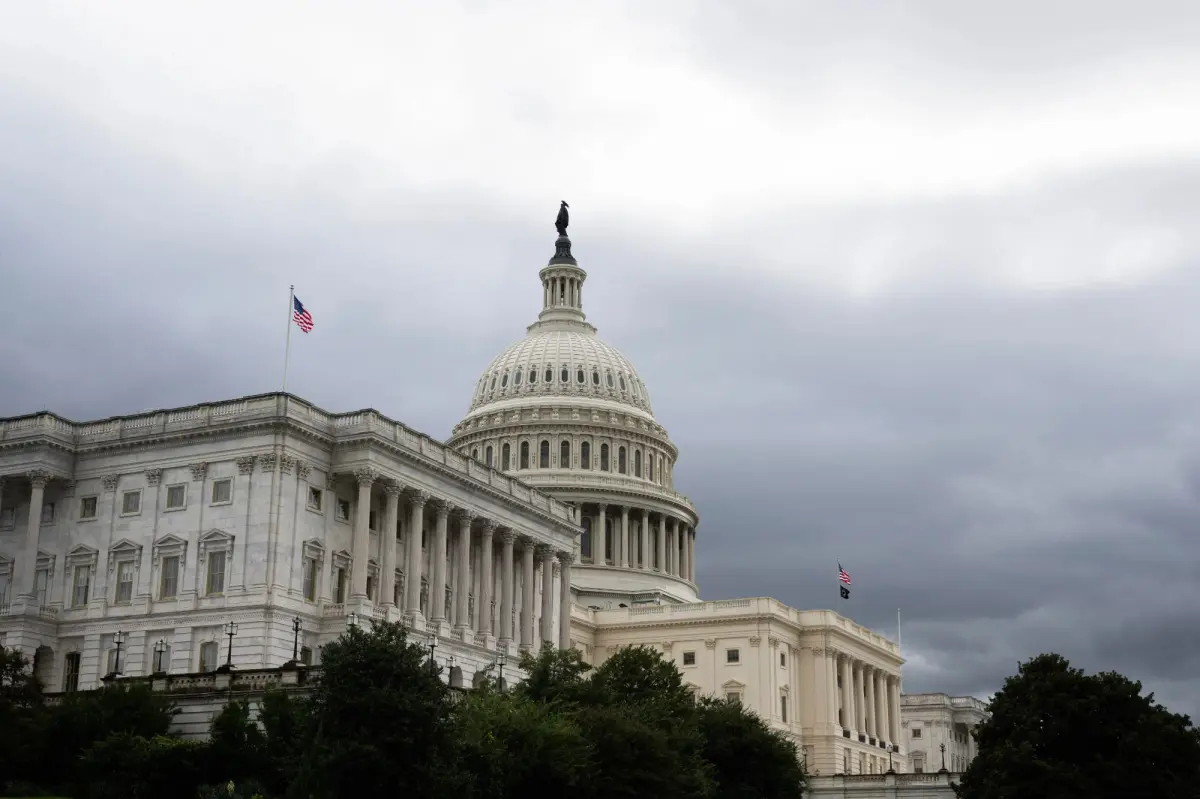Copyright orissapost

New Delhi: The unemployment rate in Pakistan stands at 7.8 per cent based on the country’s first-ever digital census. This translates to approximately 18.7 million unemployed individuals out of a total population of 241.5 million. Among the working-age population, the unemployment rate is even higher, reaching 11 per cent of the 171.7 million individuals considered economically active, according to an article in the Pakistan Observer newspaper. The article highlights that the unemployment crisis is even deeper than it appears, as one-third of Pakistani youth aged between 15 to 35 are currently out of work. The headline unemployment rate fails to account for the millions of young Pakistanis who are neither in education, employment, nor training (NEET). This group includes those who have stopped seeking work altogether, are engaged in unpaid or informal labour or are trapped in low-productivity family enterprises, the article states. The labour force participation rate among women is particularly low, one of the lowest in the region, further exacerbating the NEET problem and sidelining half of the country’s potential workforce, the article states. It points out that structural unemployment, where the skills of the labour force do not align with the evolving needs of the economy, has become increasingly prevalent. Pakistan’s education system, plagued by poor quality and outdated curricula, fails to equip students with market-relevant skills. Vocational training is limited, and the inclination of educated youth toward public sector jobs, which are scarce and highly competitive, only compounds the problem. Pakistan’s unemployment rate rose to 8 per cent in 2025, with the total labour force projected at 85.18 million and an estimated 6.81 million people unemployed. The employment rate hovers around 52.2 per cent, indicating that nearly half of the working-age population is either unemployed or underemployed, the article states. Inflation, foreign exchange crisis, the effect of the 2022 and more recent 2025 floods have devastated small businesses and local job markets. The World Bank’s Post-Disaster Needs Assessment highlighted billions of dollars in damage and a regression of millions into poverty. In the absence of timely, designed policy interventions, such shocks risk turning otherwise employable youth into long-term economic casualties. The article highlights that the implications of youth unemployment extend beyond economics. Marginalised youth are more susceptible to poverty, forced migration and recruitment into criminal or extremist networks. The psychological toll, manifesting in hopelessness and despair, is profound and corrosive. In underdeveloped regions, young people are trafficked into bonded labour, coerced into begging or forced into the flesh trade. The coal mines of Balochistan have become grim symbols of this exploitation, where labourers perish due to the absence of basic safety equipment. These tragedies, though occasionally reported in the media, reflect a deeper systemic failure to protect the youth from predatory forces. The lack of employment also fuels a surge in street crimes, as young men resort to snatching valuables at gunpoint, the article points out. In some madrasas and on social media, disenfranchised youth are lured by the promise of respect and power, often symbolised by the possession of weapons. Such radicalisation is not merely a security threat; it is a symptom of a society failing to offer its youth meaningful alternatives, the article added.



